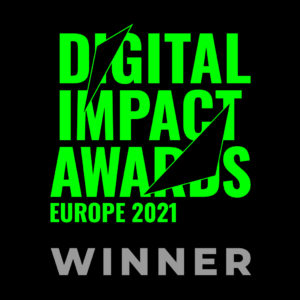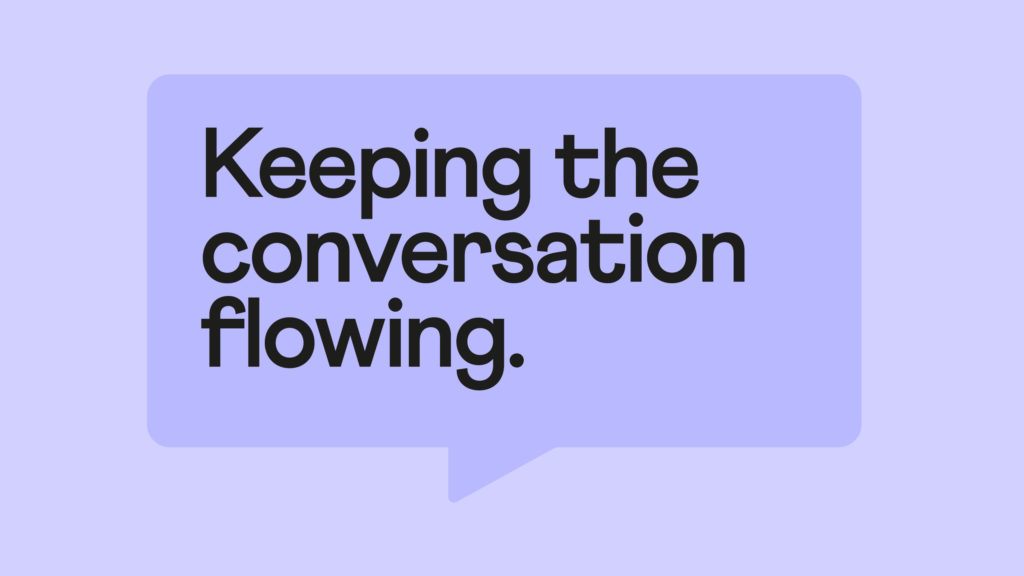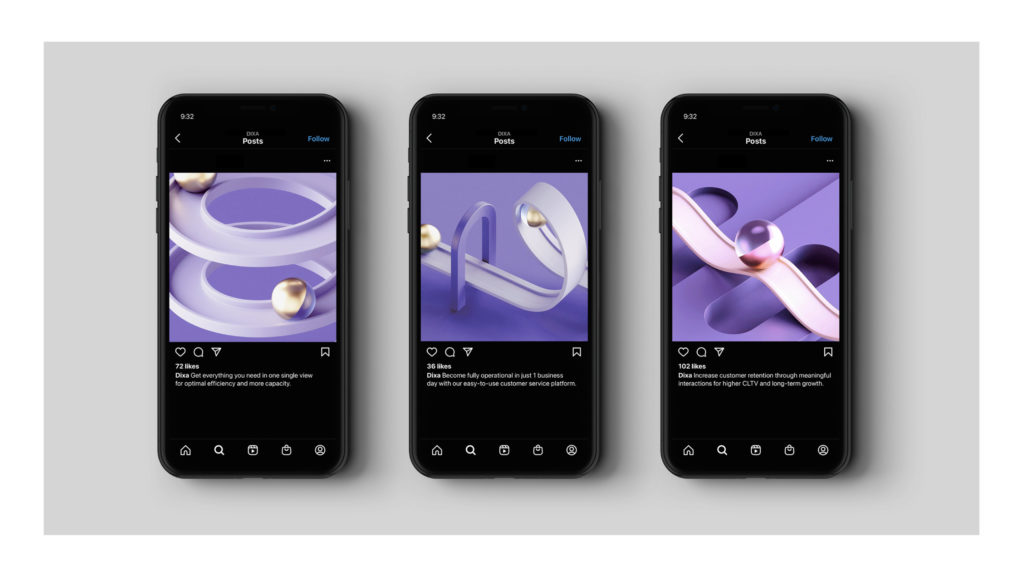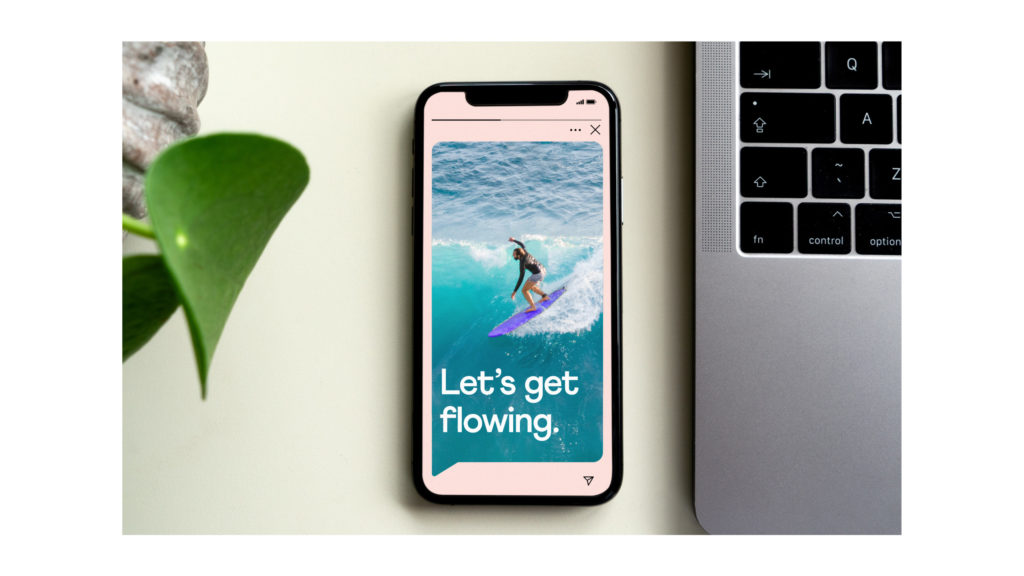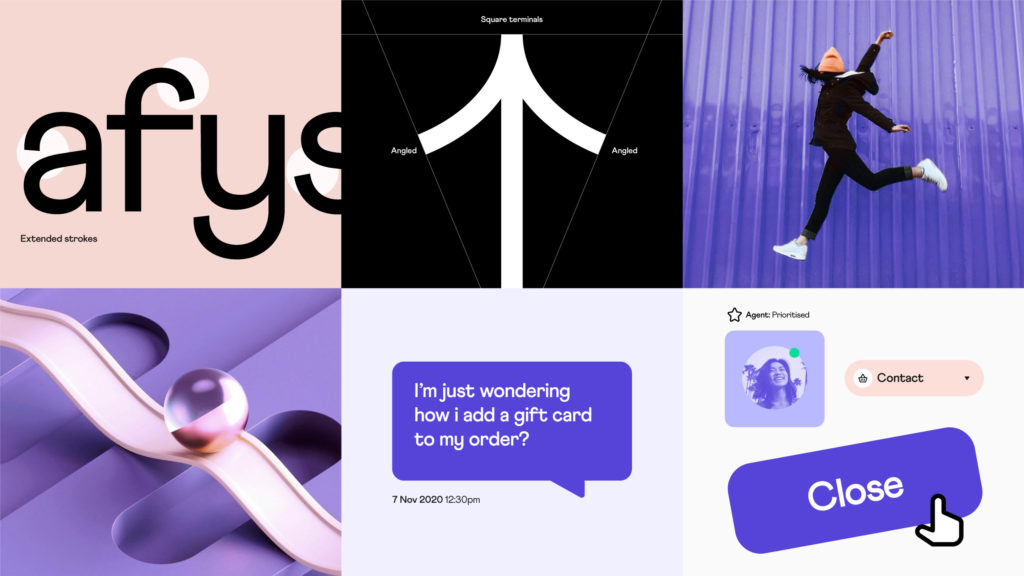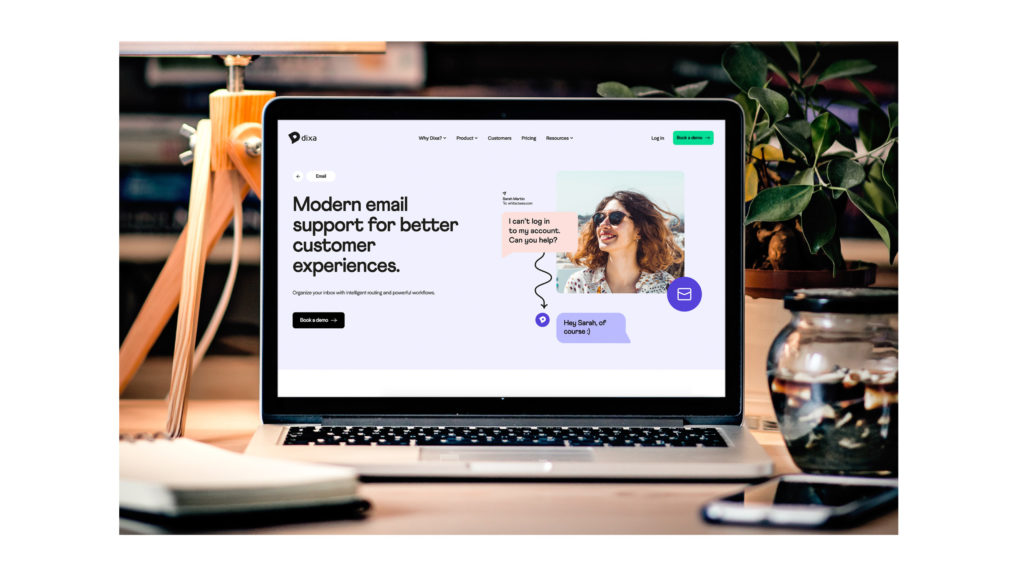In our first article of the series for Brands Journal, we explored how a newly created tech venture’s brand strategy should be developed in parallel with its business strategy, to create a relevant and authentic experience for audiences, deeply rooted in authenticity and a compelling reason for existence.
Armed with this newly developed brand strategy, the next step is to consider how to convey that strategy through a consistent and unified identity.
It’s important to understand what a brand identity is, what it isn’t, and how this differs from brand strategy.
Visual
If you were asked to think about McDonald’s, what would be your first thought? You may start by thinking about the food - a Big Mac, or perhaps a McFlurry. What about if you were asked to think about how McDonald’s looks? Chances are, you’ll envisage the golden arches - the famous ‘M’ is recognised the world over, regardless of language or culture. The McDonald’s logo is one of the most famous examples of an identity element that instantly sparks emotion, resonance, and brand recognition.
In its simplest form, a brand’s visual identity is the collection of all ‘tangible’ design elements that an organisation uses across its touchpoints. The elements of a visual identity can include, but not be limited to, a logo, a colour palette, graphical treatments, illustration, iconography, photography, and typography.
The history of the term originates from branding livestock – to distinguish and differentiate. Developing a brand’s visual identity is the same principle – distinguishing your company from another through a clearly recognisable design system.
In our McDonald’s example, building brand recognition through a single design element takes time – through constant reinforcement, using it across every channel until the association becomes second nature and recall becomes effortless in the minds of the audience.
As a newly developed tech business, it’s unlikely founders will have had the time to build such recognition, even less so if the audience is predominately B2B. There are some instances where tech startups have built a recognisable design element that helped them create recall in the minds of their target audience in a short space of time. Monzo is a good example of this.
When Monzo first launched, one thing stood out (quite literally) about its design language, its bright red debit cards (or ‘hot coral’ as it’s more affectionately known within its community). Monzo’s eye-catching cards sparked conversation – with people asking users what card, and therefore what brand, they were carrying.
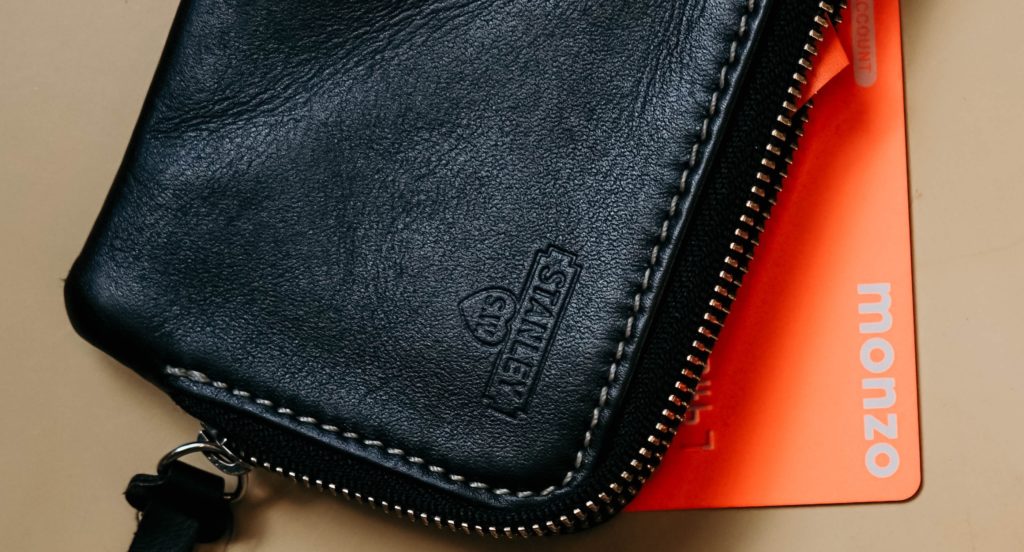
Monzo card
When thinking about your brand, a unified identity is key. A consistent identity that spans every touchpoint – web, digital interfaces, packaging, demos, events, etc. Think about where your brand identity will show up – then make it consistent across the board so that people understand who they are interacting with and easily attribute any interaction to your brand.
There’s evidence for why a unified identity will benefit your company. From over 200 organisations surveyed, it is estimated that the average revenue increase attributed to presenting a brand consistently is +23%. But perhaps the most telling is that the negative impact of inconsistent brand usage is the creation of confusion in the market, reported by 71% of study participants [1].
Verbal
Identity isn’t just about what can be seen. It’s also about how a brand sounds, how it speaks and the messages it communicates to its audience about what it stands for.
Developing a tone of voice for your brand is essential to ensuring a standard form of communication, which in turn will help your audiences resonate with what you are saying and attribute this to your brand. You are communicating your purpose, your mission, and your values for your audiences to connect with, so emphasis needs to be placed on the mouthpiece to communicate them effectively.
Focus on how you wish for your personality to be perceived through how you speak (or more likely, how you write). Do you take a pragmatic, professional tone, or are you more informal with zero jargon? Context is key, and there will naturally be flex in how you engage (you wouldn’t speak to an investor board in the same style as a Twitter handle, for example).
Cultivate a tone that is both authentic and truthful to your brand and business strategy, ensuring a set of verbal principles are adhered to, to promote consistency across the spectrum of communication channels. If your brand strategy conveys what you stand for, then your verbal identity is how you express and communicate it with a personality, therefore you must ensure it is reflective of the brand you are building.
When starting out, take time to consider your identity, and all the elements it’s made up of. Ensure that these are captured appropriately in the brand guidelines and that these are protected, adhered to and your people are well versed in them. It’s helpful to have a central figure or brand guardian within the business, to ensure that consistency is maintained when developing content for your brand.
Consistency is key.
...
In our final article of the series, we’ll cover internal culture design and employer value propositions while scaling.
[1] A survey by LucidPress / Demand Metric, State of brand consistency.
...
Structure creates relevant and compelling brands for next-generation tech companies.
...
This article was first published in Brands Journal.

